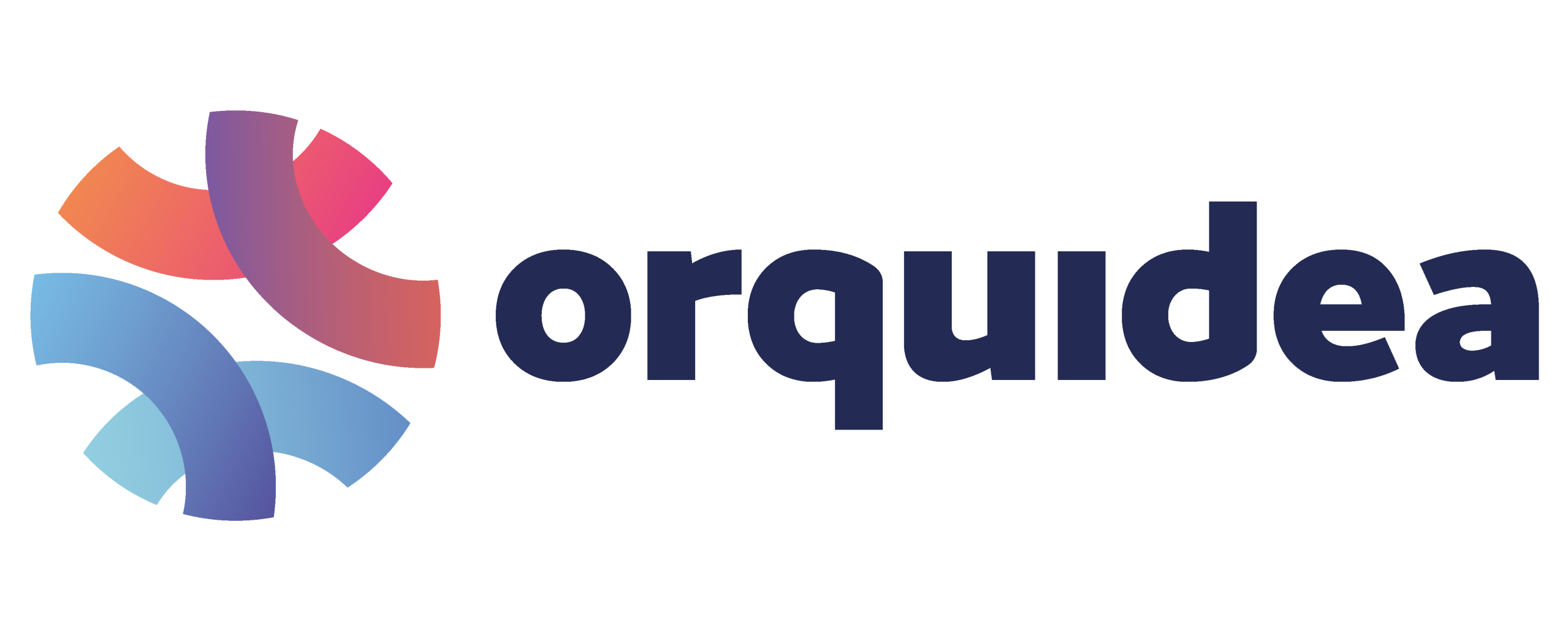Inside the OpenAI–Microsoft Alliance: AI, Cloud, and Control
Few partnerships have shaped the trajectory of artificial intelligence like the one between OpenAI and Microsoft. What began as a strategic cloud agreement has evolved into deep integration of models, infrastructure, and products—with implications for innovation, governance, and global influence.
This article breaks down the OpenAI–Microsoft alliance, examining its origins, structure, mutual dependencies, and what it means for the future of generative AI inside enterprise ecosystems.
1. A Brief History of the Partnership
Key milestones:
- 2019: Microsoft invests $1 billion in OpenAI
- 2020–2022: Azure becomes OpenAI’s exclusive cloud provider
- 2023 onward: OpenAI models integrated into Microsoft products via Copilot, Bing, and Azure OpenAI Service
What began as a strategic investment now drives cloud-scale AI for millions of users and developers.
2. Azure: Powering OpenAI’s Infrastructure
OpenAI runs on Microsoft Azure for:
- Massive GPU clusters for training and inference
- Enterprise-grade privacy and security compliance
- Global scalability via cloud APIs
- Tuning for performance across large multimodal models
Azure isn’t just hosting—it’s co-engineering the future of AI.
3. Copilot in Microsoft 365
OpenAI’s language models now power intelligent features in:
- Word, Excel, PowerPoint, Outlook, and Teams
- Real-time summarization and auto-generation of text
- Spreadsheet formulas, design drafts, and meeting insights
- Enterprise-grade assistance based on user context and work data
This embeds generative AI directly into the core productivity workflows of businesses worldwide.
4. Frontier Model Access
Microsoft receives exclusive access to OpenAI’s most advanced models:
- GPT-4, GPT-4 Turbo, and future iterations
- Vision, speech, and embedding capabilities
- Experimentation with autonomous agent frameworks
Such access solidifies Microsoft’s lead in AI-native enterprise applications.
5. Financial and Governance Structure
Key dynamics:
- Microsoft is OpenAI’s largest investor and cloud customer
- OpenAI operates under a capped-profit model
- Governance tensions have led to board changes and public scrutiny
- Ethical review is embedded in the release process for new models
The partnership must balance commercial velocity with responsible deployment.
6. Competitive Landscape
Other tech giants respond:
- Google with Gemini across Workspace and Pixel
- Amazon supporting Anthropic and open models via Bedrock
- Meta pushing open-source AI models for researchers and developers
Microsoft’s alliance with OpenAI stands out for its depth of integration and enterprise reach.
7. Developer Ecosystem via Azure OpenAI
Azure gives developers access to:
- GPT models through cloud APIs
- DALL·E image generation
- Embedding and vector search tools
- Integration with enterprise databases and workflows
This positions Azure as OpenAI’s global delivery channel for AI capabilities.
8. Safety, Alignment, and Trust
Microsoft invests heavily in:
- AI safety and red-teaming research
- Content filtering and ethical guardrails
- Transparency dashboards and usage monitoring
- Responsible AI practices aligned with OpenAI’s safety goals
This bolsters trust and regulatory resilience for wide-scale adoption.
9. Expert Commentary
Satya Nadella, Microsoft CEO:
“The future of AI must be open, grounded in safety, and deeply embedded into every platform.”
Sam Altman, OpenAI CEO:
“We’re building superintelligence to benefit humanity—and Microsoft is a key part of that journey.”
These statements reflect shared vision and strategic stakes.
10. The Road Ahead
Potential developments:
- Advanced Copilot agents with deeper personalization
- AI-driven operating systems and cloud-native assistants
- Governance protocols for multi-agent collaboration
- Expanded support for open-source and hybrid model ecosystems
The alliance continues to shape the architecture, ethics, and economics of AI.
Conclusion
The OpenAI–Microsoft partnership is more than corporate alignment—it’s a blueprint for deploying generative AI at scale. By embedding intelligence into tools, infrastructure, and enterprise workflows, they’ve created a new standard for how AI enters the real world.
In an era defined by innovation and caution, this alliance poses a central question: who gets to build the future, and how responsibly will they lead it?
